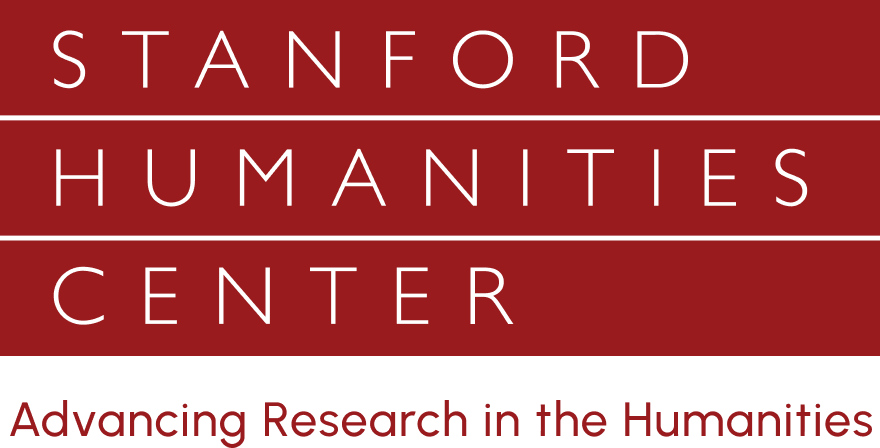Online registration requested by February 12.
Gordon H. Chang, the Olive H. Palmer Professor of Humanities, Professor of History, and Director, Stanford’s Center for East Asian Studies
Shelley Fisher Fishkin, the Joseph S. Atha Professor of Humanities, Professor of English, and Director, Stanford’s Program in American Studies
2015 marked the 150th anniversary of the introduction of large numbers of Chinese workers on the construction of the first transcontinental railway across North America. May 10, 2019 will be the 150th anniversary of Leland Stanford’s driving the famous “golden spike” to connect the Central Pacific and Union Pacific at Promontory Summit, Utah, to complete the line. Between 1865 and 1869, thousands of Chinese migrants toiled at a grueling pace and in perilous working conditions to help construct the railroad. The railroad, which could not have been completed without these Chinese workers, was the main source of the fortune with which Leland Stanford founded Stanford University. The history of these Chinese workers is a transnational story, told from both U.S. and Chinese perspectives, that the Chinese Railroad Workers Project tries to document and share. As co-directors of the project, Prof. Chang and Prof. Fishkin will talk about how the project gives a voice to these Chinese migrants through an on-line digital archive available to all, along with books, digital visualizations, conferences, and public events.





